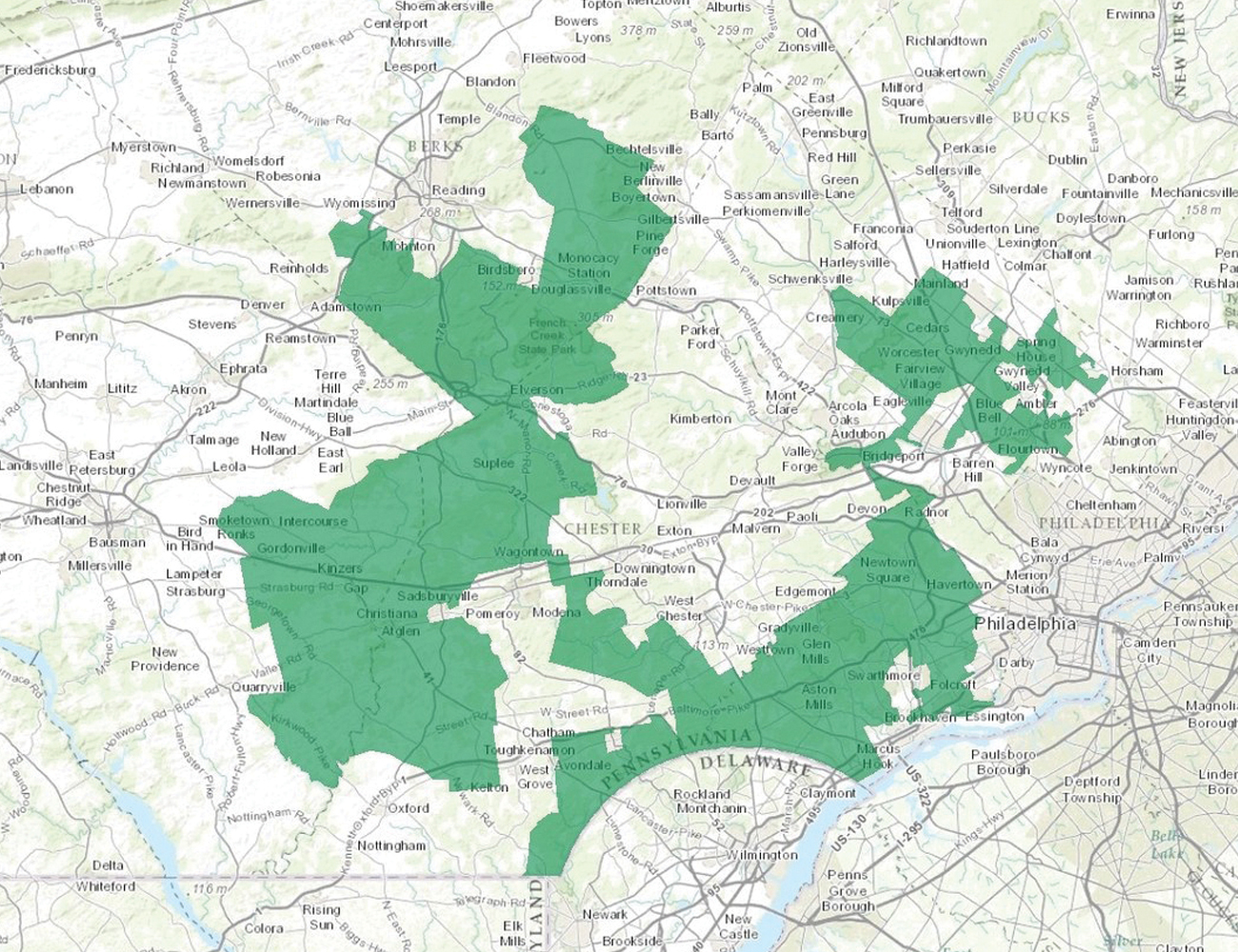Math Helps Make Congressional Districts in PA More Fair
Until recently, the lines drawn on the congressional map of Pennsylvania looked irregular. So irregular, in fact, that the outline of the seventh district looked like a drawing of cartoon characters and was often referred to as “Goofy kicking Donald Duck.”
These wildly drawn maps are likely the result of gerrymandering, the more than 200-year-old practice of redrawing congressional and legislative lines to benefit a particular political party. Mathematicians, including Mathematical Sciences Associate Professor Wesley Pegden, have been enlisted to the forefront of the fight against gerrymandering.
In early 2017, Pegden, with University Professor of Mathematical Sciences Alan Frieze and the University of Pittsburgh’s Maria Chikina, published a paper in the Proceedings of the National Academy of Sciences that used Markov Chains to redraw Pennsylvania’s congressional maps step by step and show that there was little chance that the existing districts had been drawn at random or without bias. The paper caught the eye of lawyers who were challenging the Pennsylvania congressional map in front of the state Supreme Court. Pegden testified in the case. The court found the maps to be unconstitutional and called for the maps to be redrawn before the state’s May primary elections.
The newly drawn map appears to be more fair. In November’s midterm elections, Pennsylvania’s congressional delegation went from primarily Republican to evenly split, reflecting the popular vote
in the state.

“Goofy kicking Donald Duck.” Pennsylvania’s 7th district before the newly drawn map. United States Department of Interior.
